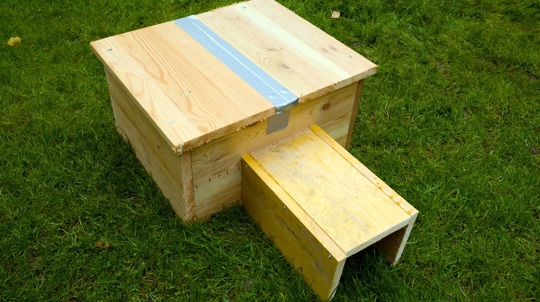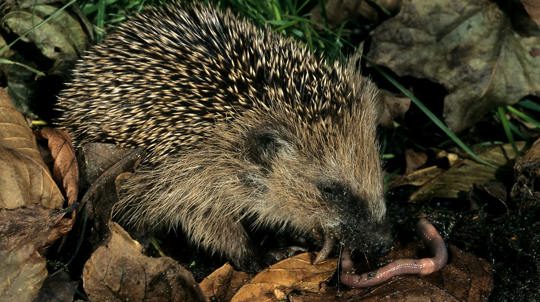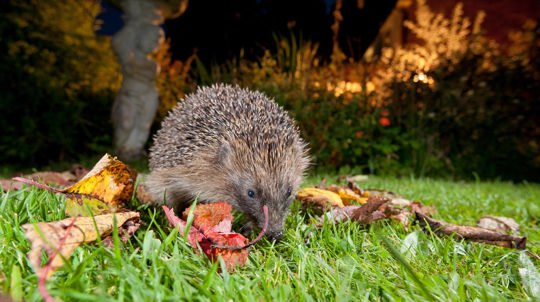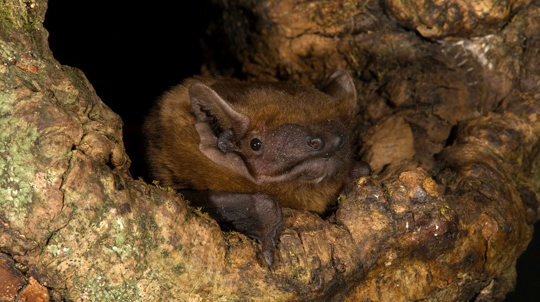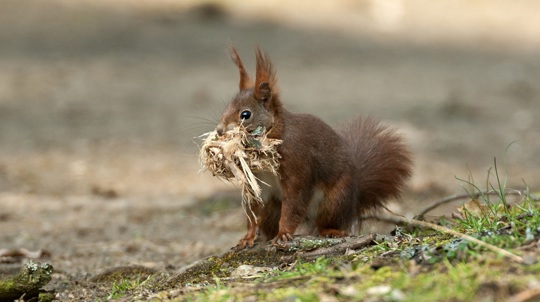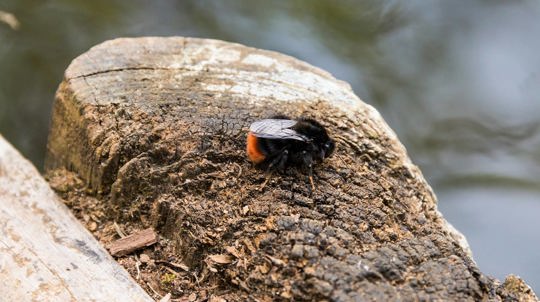A hedgehog’s heart rate is usually around 190 beats per minute but drops to just 20 during hibernation.
When do hedgehogs hibernate? And other animals that hibernate

Content manager
As summer turns to autumn, temperatures start to fall and woodland wildlife turns its attentions to surviving the coming winter. Food and shelter become more important than ever. But where do hedgehogs and other species go during our harshest weather?
What is hibernation?
Often we imagine hibernation as animals curling up in a dark, quiet, cosy spot and sleeping peacefully for a few months until spring returns. Though they seem to disappear, that’s not really the case.
Hibernating animals enter a state of inactivity by:
- slowing their heart rate and breathing
- lowering their body temperature and metabolism.
All this means they can survive long periods without eating, but they do need to get up occasionally to look for food and go to the toilet. Their clever bodies can also wake them up if temperatures drop so far that they’re in danger of freezing.
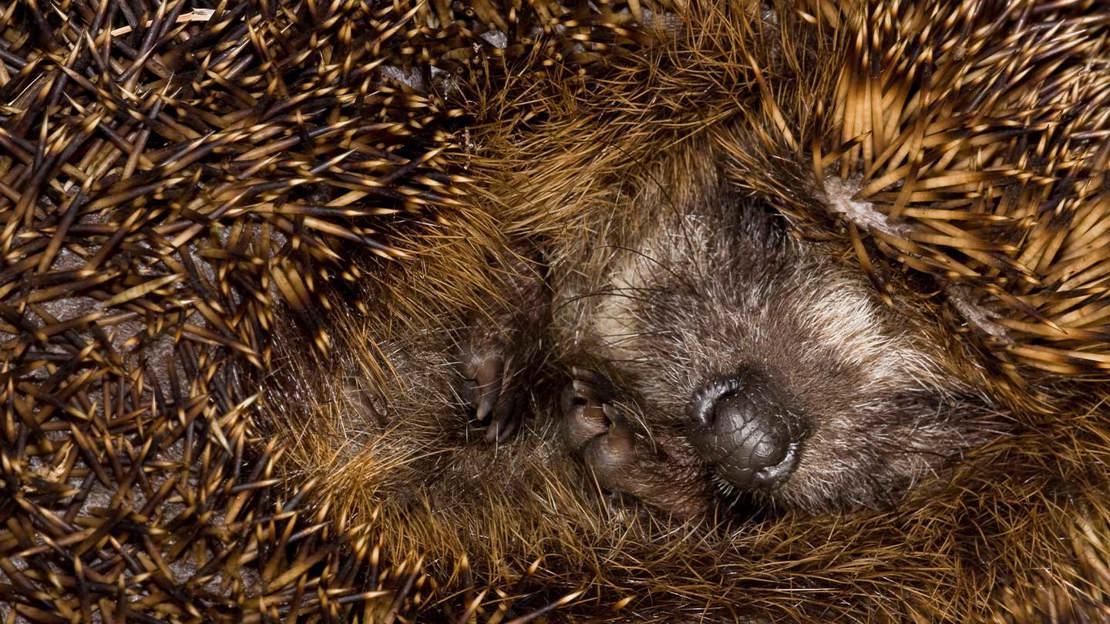
To survive winter, hedgehogs need to weigh 500-700 grams.
Where and when do hedgehogs hibernate?
To prepare for their hibernation, hedgehogs eat as much as they can during autumn. To build up good fat reserves for winter, they munch all the beetles, caterpillars and earthworms they can find. They then seek out a quiet spot to rest for the coming months, making use of whatever materials and hiding places they can find. They might build their own winter shelter – known as a hibernaculum - from dead leaves, twigs and feathers. In urban areas, they can take up residence in stacks of logs, compost heaps or under garden sheds.
The time they retire to their chosen spot will depend on how mild the weather is. Hibernation can take place any time from October to April, but in a warmer winter you may still see hedgehogs out and about in December.
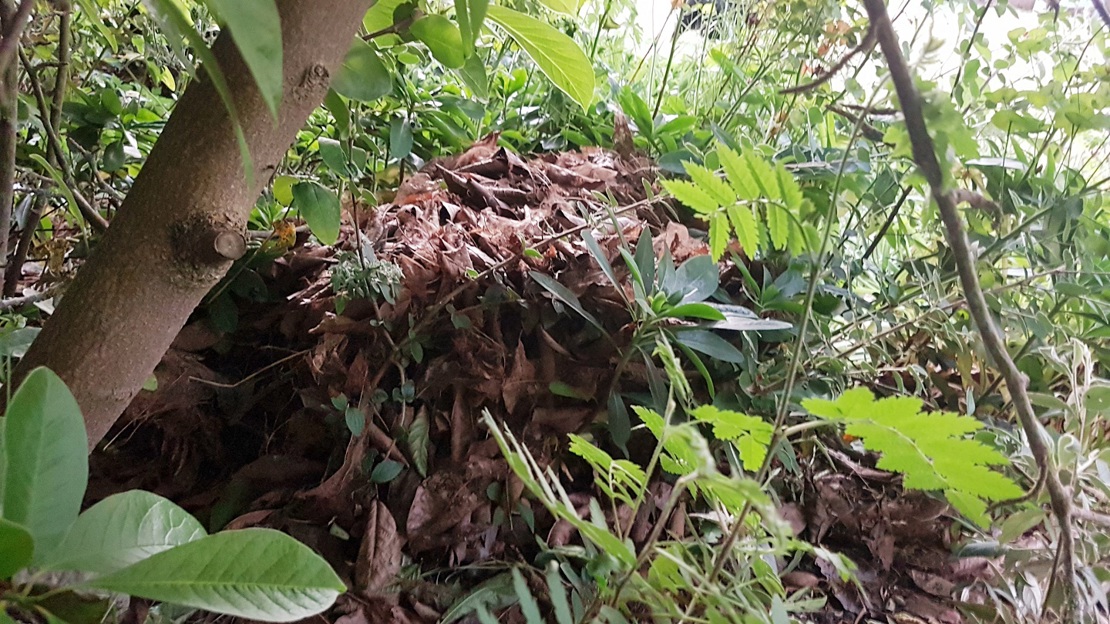
How to help our hedgehogs
Hedgehogs can be found in woodland edges, hedges, farmland, parks and gardens, but numbers have dropped dramatically. Our rural hedgehog population has halved since 2000. They are less common in gardens too as lots of perimeter fencing and tidier outdoor spaces prevent them from moving around so easily.
You can help local hedgehogs through hibernation by putting food in an accessible place and providing a safe shelter for them.
If you spot a hedgehog that looks too small to survive hibernation, contact the British Hedgehog Preservation Society for advice.
What other animals hibernate?
Icy temperatures make winter survival tough for some wildlife. Maintaining body temperature and looking for food can burn more energy than they’re able to consume.
As well as a lack of food and shelter, small mammals have to deal with losing heat more quickly due to their larger surface area to volume ratio and short, thin fur. Rabbits, shrews, mice and more seemingly disappear. But rather than truly hibernating, some of our woodland residents enter ‘torpor’. Like hibernation, this is also a state of inactivity but for a shorter period.
The only mammals that truly hibernate in the UK are hedgehogs, dormice and bats.
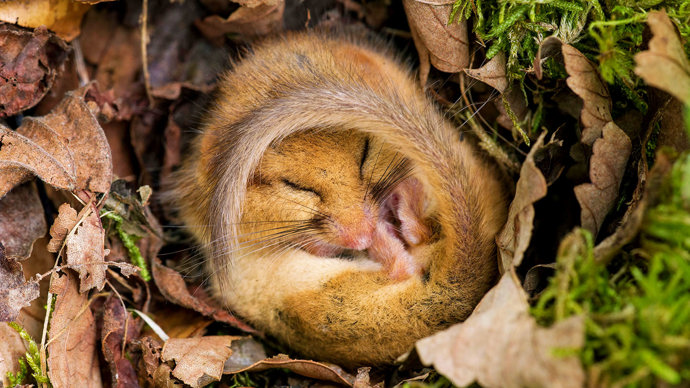
Credit: Wild Dales Photography / Alamy Stock Photo
Dormice
The hibernation period for dormice begins around October to November. They stay in their nests until April or May. These tiny creatures slow their heartbeat and breathing and lower their body temperature to just a few degrees above freezing. They can lose half their body weight over winter, so they eat so much at the end of summer that they grow to twice their normal size!
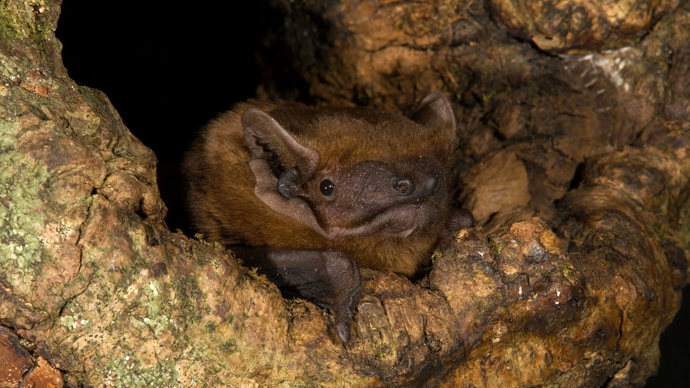
Credit: David Chapman / Alamy Stock Photo
Bats
Bats hunt for hollow trees, roofs, caves and bat boxes to spend their winter months. They usually hibernate from November to April. To help get them through this period, bats can slow their breathing to as few as five breaths a minute. Some species can last almost an hour without breathing at all!
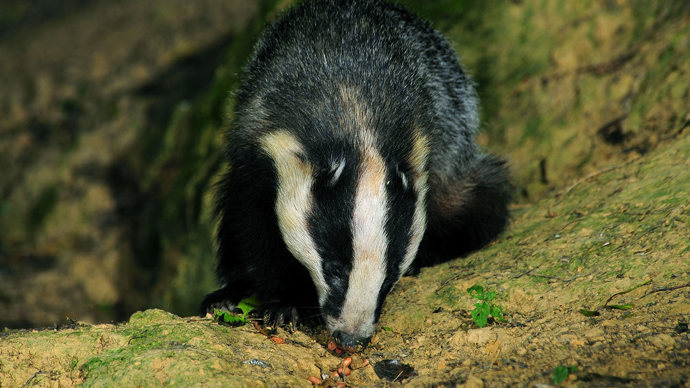
Credit: Colin Varndell / Alamy Stock Photo
Badgers
Badgers are also less active in winter and go through cycles of torpor which last for around 29 hours. They will stay in their home – an underground sett - for days without food when winter conditions are too harsh to venture outside.
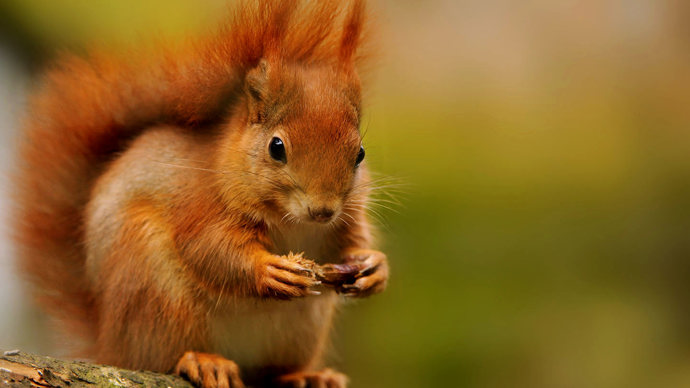
Credit: Anne-Marie Kalus / WTML
Red squirrels
It’s a common misconception that squirrels go to sleep for winter too. It’s true you’re less likely to see them, but they are still awake. Red squirrels prepare for winter by storing surplus food near their home so they can keep time outside their drey to a minimum and save energy. When the weather is especially bad, they can stay in their dreys for several days at a time.
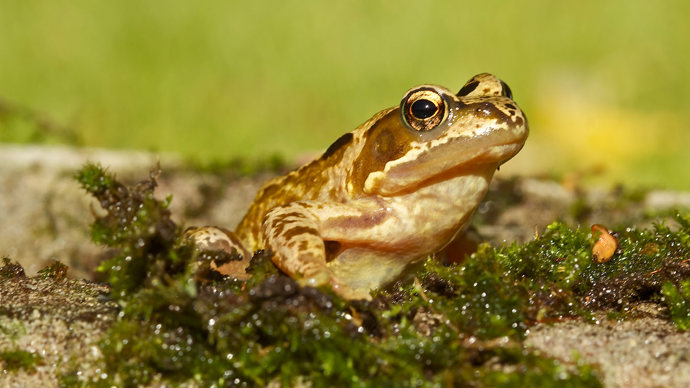
Credit: Tony Cox / WTML
Amphibians
Frogs, toads and newts also go into a state of torpor when it’s cold, dropping their body temperature, breathing and heart rate. They can withstand winter better than others, but will creep under rocks or logs or lay buried at the bottom of ponds when the temperature really drops. They emerge again from January.
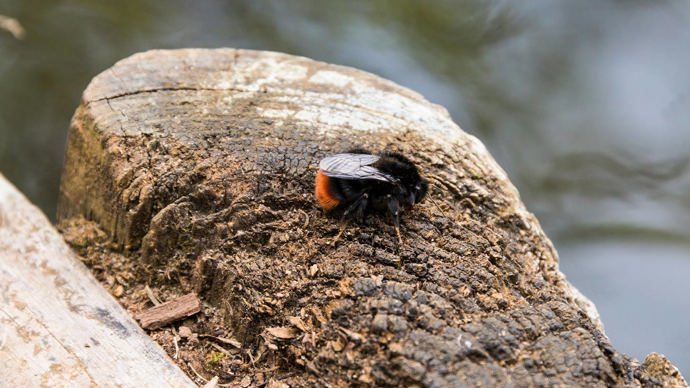
Credit: Andrew Greaves / Alamy Stock Photo
Insects
The hum and buzz of spring and summer turns almost silent in winter as bees and butterflies find overwinter homes. Queen bees will gorge on pollen and nectar to store fat before burrowing deep into the soil in early autumn. They can stay there for up to nine months.
Most butterfly species spend winter in the larval stage, but some hibernate as adults, including the brimstone, peacock and comma. They settle down in outdoor structures like sheds and farm buildings and enter a dormant state as the weather turns cold. They wake again around April or May.
Create a haven for wildlife
Give garden wildlife food and shelter with our ready-made habitats and feeders.
Shop the range

